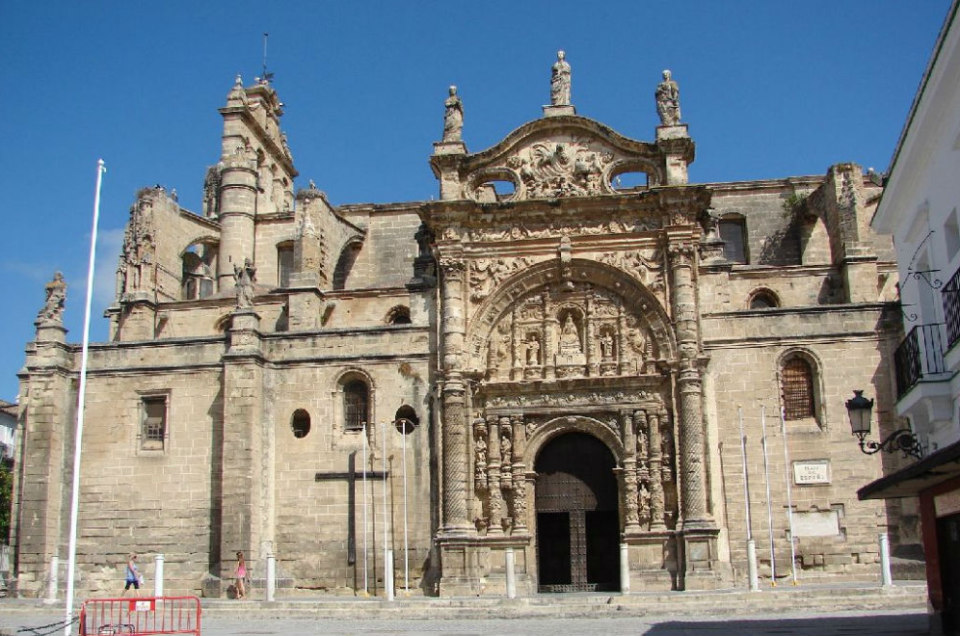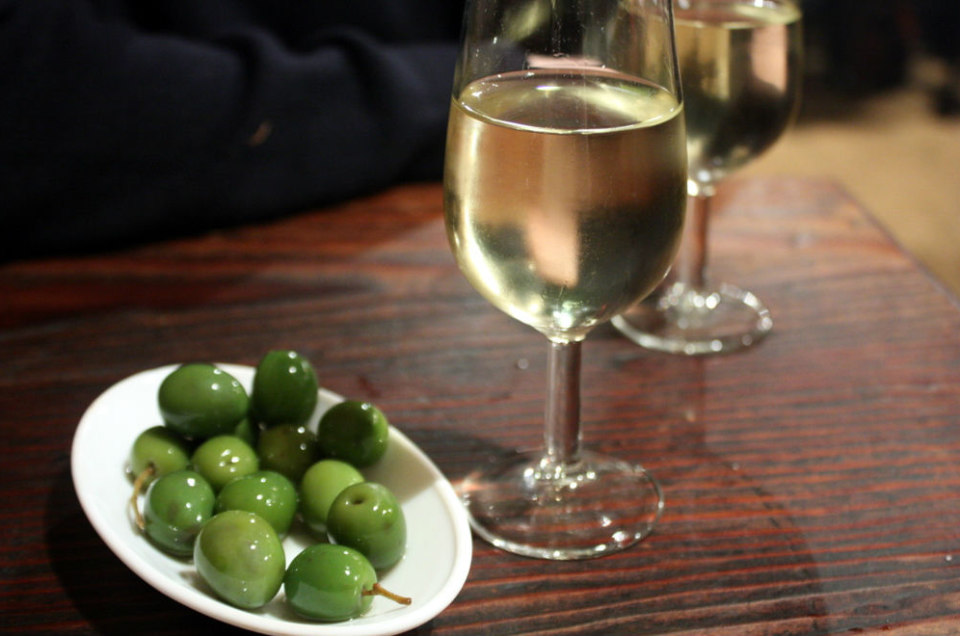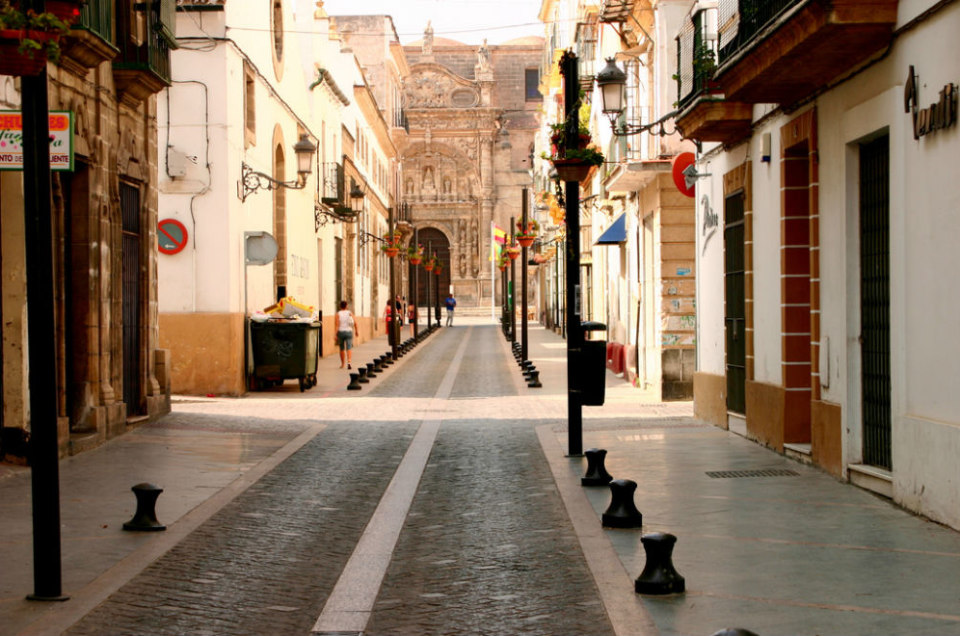If you’re looking for a picturesque and lively town on the Mediterranean where you can kick up your feet, soak up the sun, eat some of the world’s freshest seafood, and sip on world-renowned sherry, El Puerto is your best bet. Located just 20 minutes across the bay from Cadiz, El Puerto boasts 22 kilometers of Atlantic coastline and 3,100 hours of sunlight per year. In fact, El Puerto’s climate is so benign that the first Botanical Garden was installed here in the 18th century to acclimate plants and seeds brought in from overseas.
The region is quieter, calmer and decidedly less tourist-driven than other Mediterranean destinations, and thus tends to be more affordable, too. The trick, say return visitors, is getting past the roads leading into the city, which are lined with factories, large “box” stores and other unattractive industry. Fortunately, though, charm and beauty awaits you just inside the city lines. El Puerto boasts two natural parks – one with 200 hectares of pine forest (almost like being lost in a sea of Christmas trees) and the second with three lagoons (and the wildlife that live in lagoons). Even so, El Puerto is still a largely undiscovered hideaway – and that makes it a perfect getaway destination for those seeking a respite from a 24/7 work ethic.
If you do make the trip, here are several must-hit attractions:
– San Marcos Castle – One of the most representative buildings in the city, San Marcos Castle dates back to the 13th century. Christopher Columbus lived here from 1483 to 1486 before setting off for the Americas. Walking inside the castle feels like a trip to medieval times what with impressive battlements and towers with restored inscriptions and coats of arms. There’s a chapel built on the foundations of a mosque – common among places of worship in early Spanish history – and inside you’ll find a 13th Century sculpture of Santa Maria de Espana.
– Puerto Plaza de Toros – El Puerto’s bullfighting ring is one of the most important in Spain. Established in 1880 with space for 15,000 observers, the ring is the third largest in Spain after Madrid and Valencia. In fact, many Spaniards agree, the bullfighting tradition in El Puerto is one of the strongest and deeply rooted. The world famous Gypsy bullfighter Joselito “El Gallo” is rumored to have said: “Who has not seen bulls in El Puerto, does not know what a day of bullfighting is.” The first bullfights of the year in El Puerto de Santa Maria usually take place during the Spring Fair and the last ones are being held in September. Though more expensive, try to buy a seat in the shade. The heat inside the bullring can be scorching on warm spring and summer days.
– Shellfish – El Puerto is a major port for fishing (hard-to-find barnacles and sea snails are staples here) and the variety of fish, seafood and crustaceans within the city limits is astonishing. Since 1952, Romerijo, a charming outdoor café by the sea, has been selling fresh seafood by weight and serving it in paper cones with wedges of lemon on the side. The only things missing are newspaper and mallets. They take care of the shelling mess for you! The only drawback: If you don’t like seafood, there’s nothing at this restaurant for you. And unless you like to wait, steer clear of Romerijo on bullfight days. Puerto plaza de Toros is less than two miles away. Not only can you expect long lines for tables after the bullfight ends, but also cars parked everywhere, and anywhere.
– Sherry – El Puerto de Santa María is known throughout Spain (and the rest of the world) as the center of sherry wine production. A pinnacle of what’s called the “Sherry Triangle,” made up of El Puerto, Sanlucar and Jerez, El Puerto is renowned for its’ excellent wine production. So it’s no wonder, Osborne sherry’s headquarters is in the city center. Sherry makers in El Puerto are primed to convince the world that sherry is not just a sweet sipper for old ladies. Here, sherry is an intricate wine with enough versatility to take you from tapas, to your main course and all the way through chocolate and churros. At Osborne, winemakers use the traditional and classic system of “solera,” which blends older, more mature wines with younger wines. The longer the wines have been in the criaderas butts, the richer and therefore more expensive they are likely to be.
Details:
Romerijo Ribera del Marisco s/n, Tel: 956541254
Osborne 956869100, M-F (by appointment) English Tour 10:30 a.m.
Transport:
– Take the A4 Sevilla-Cadiz route or drive along the Costa del Sol and take the new Motorway from Gibraltar to Jerez.
– Train: Cadiz – Sevilla line stops at El Puerto station. Links to Madrid, Malaga, Cordoba
– Boat: nearest major port, Cadiz. Regular lines to the Canary Islands; also Tarifa – Tangiers; Algerciras – Tangiers.
– Air: Jerez Airport, 20 minutes; Gibraltar (2 hours); Sevilla (1.5 hours); Malaga (3 hours)


